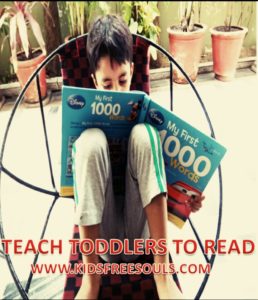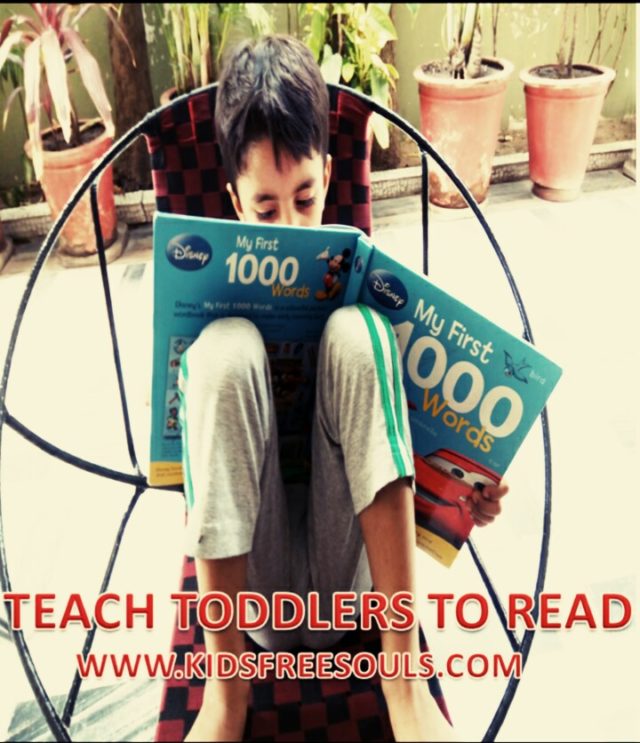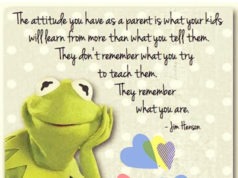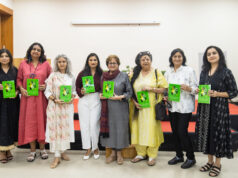
Books and they are always the windows through which the soul peeps out. Early Reading is a habit. Toddler definition starts when a child reaches 12 months and grow up to 36 months age. The development schedules begin almost at the age when they start when they go toddling, walking unsteadily and holding for a support to balancing the act. Slowly, there comes in the discipline which can be thought of as the daily training that parents provide by action, word and example to shape the kid’s behavior. Toddlers are observing. The Development schedules are generally seperated into categories as the kids grow up and with many different lables. To briefly sum up, they form :
1. Motor skills.
2. Conversation and communication styles.
3. Social skills
4. Self help skills
5. Cognitive skills
Childhood development schedule serve a parent to identify the need of kids and provide routine and robust monitoring to help them take the tiny steps to climb up, growing gracefully. As a Development Psychologist and working with children at Swagat Children Library over a period of 25 years, I have moms asking me these questions quite often:
When should I teach my Toddler to read?
At what age should I make my child read?
How can I build my child’s vocabulary?
How can I help my kid to read?
How can I improve my child’s reading level?
In fact, my answer is always ‘No’ – only exceptional children can read too quick. However, Children books are visuals and fun that a child can understand. So, the best way to Teach a Toddler to read is Get Books, Read Books. My Grandson Hridaan started love for books way back when he was 15 months and at 4 years, ended up listening lot of stories and narrating too.
Here’s some quick guide to help Toddlers to Read :
1. Show Books when he develops the Motor skills. While at a nap or just before bed-time, show colorful Picture Books – can be the basic Alphabet books, Vocabulary set, animals, shapes, colors and so on. Make this a routine.
2. Let the Books be around in the room, handy to pick up.
3. Add a new Book to the Toy Box and this, sure is noticed.
4. Focus on words and pictures pointing a finger while you show.
5. Expression – exclamations are noticed by the child as you read a story
6. Check the phonic sounds as they are heard and stored in mind.
7. Go for repeat books – be it vocabulary or stories
8. Make it Feel, touch, see – animal stories are best while you show domestic animals as dogs, cats, goat, cows, horses and help the child to know and learn.
9. Use the Arts and Crafts way to teach words – draw, color and stick-paste.
10.Encourage your child to narrate – be it a story you’ve read or anything else they want to speak. Just Listen with interest and motivate.
11. Fill up their small minds with imagination. The sky, earth, moon, stars, butterflies, rainbow, music, farm, animals, toy stories are all they like. Talk, engage and explore.
The most important factor is setting priorities and setting example. If a parent or a teacher is not into the habit of reading, they fail to make it ‘fun reading’ and even make boring sessions for the kids. Children who see the adults
reading follow the footsteps as they are prone to imitate elders. Setting reading priority is even more essential part because reading habits are formed through setting of routine reading sessions. It can be once a week, two hours of
every day, half an hour to two.
Moreover, We need to encourage children to write ‘Weekly review Journal’ of stories they’ve read with a simple jot down in the scrap like: (It can be a daily review too)
Name of the Book
Name of the Characters in the Book
Best Part I like
Hard Words in the Book
My Opinion or Moral of the story
Lastly, Sign of the Student and Teacher’s sign.
Once a week, one review writing and you have 52 reviews ready in a year.
Reading workshop every Saturday is a routine at Swagat Children Library . During this time, 1st Grade onward students are reading self-selected books independently. However, guided, they choose the books from library and it is important
to make sure that the same is “just right” level based selection. While students are reading their books, I am conferring with individual students, conducting guided reading groups or strategy lessons, facilitating project ideas, etc. For this reason, it is important that I have clear routines and procedures in place to keep my independent readers on task and truly engaged in their reading.
Keeping Book logs is encouraged for Grade one onwards where students must record ALL Books they read throughout the year in their Reader’s Log. This reflect on their own reading habits, set monthly reading goals, and also helps to
assess their reading progress.
Creating a Genius and teaching literary skills begin from Home and Home is always where the heart is.
MORE RELATED:
Reading and Book Reviews
https://www.kidsfreesouls.com/reading-book-reviews/
Read Aloud – Children Love it
https://www.kidsfreesouls.com/read-aloud-children-love-it/








